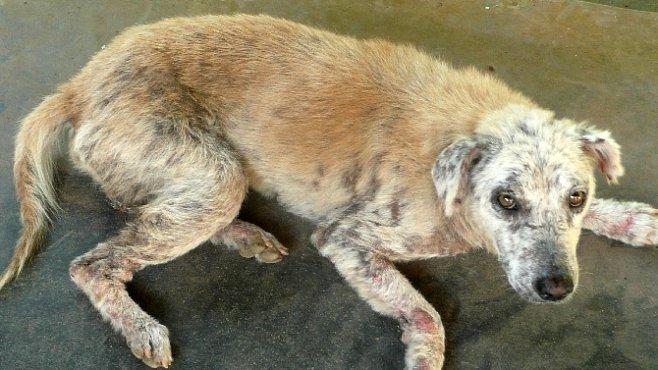
A specialty from the interior of the desert: that's Berber kefta - National Geographic
Author: Editor / sed
14. 02. 2012Morocco is a country that touches Europe with one "finger", and at the same time it is so different from our culture and our customs, as well as from our diet. And despite its location on the furthest tip of North Africa, Moroccan cuisine has a rich history and today it also has a firm place in Arab cuisine, which it has also influenced in many ways.
The literal gastronomic symbol of this country is already well-known and commonly available couscous in European countries. But how was couscous made and prepared in the days when camel caravans traveled across the African deserts, and how is it prepared in modern households today?
Where does couscous come from?
To this day, experts argue about this far more than their word, and they are still not completely clear. What is certain, however, is that its traditional method of preparation took place in the old days by spreading semolina from wheat, barley or millet on a cloth placed on the ground. This semolina was then sprinkled with salty sea water to moisten it and form balls from it by hand. They were dried again, the large pieces were sorted out, and the process was repeated until balls of the same diameter, approximately one millimeter in size, were formed. Algerians often dyed it with saffron.
This procedure resulted in pasta that was durable, storable and easy to transport. This is because the original Arab cuisine consisted only of simple, durable foods that a caravan could comfortably transport over long distances in hot desert conditions.
Therefore, there were only simple, durable foods on the menu, or what the desert or the caravan itself offered. Rice, dates, later couscous and often the means of transport itself - the camel - were eaten most often. Food and meat was cooked and roasted over an open fire, and when wood was scarce, dried camel dung was often used. The dish prepared in this way received a unique, unrepeatable taste and aroma.
Today, couscous is prepared in a modern way in factories, but sometimes in Morocco we can still meet its traditional production. You prepare it by salting it and covering it with hot water and letting it swell for a few minutes under the lid.

And how to cook Moroccan food yourself at home?
Kefta tajine is prepared from the most commonly used meat in Muslim countries today, namely lamb. Mix crushed garlic, ground cumin and finely chopped fresh coriander into the minced meat. Mix everything well with your hands, add salt and let the meat rest for a while.
| Ingredients: | |
0.5 kg of minced lamb 1 teaspoon of ground cumin 4 cloves of garlic 6 tomatoes | 1 onion1 whole, or 1 teaspoon ground cinnamonfresh coriander salt and chili to taste |
The food is then prepared in a traditional Arab pot called a "tazhinec", from which the food is then consumed. It is a clay vessel with a lid shaped into a tip. This pot is put on the fire with the ingredients and the preparation takes place right in. If you go to Morocco, you will meet it very often from breakfast to the evening course.
However, you can use a regular pot. Put a finely chopped onion in it and fry it lightly. Add the diced fresh tomatoes, lightly cover with water, add salt, ground cinnamon, cumin, minced garlic and harissa or chili or use regular black pepper and bring to a boil. Bring to a boil.
Form the meat into small balls the size of cherries and place them in the sauce. Boil everything together again. Season with salt to taste and the meal is ready.
Milan Václavík trained as a chef following the family tradition. But he fell into traveling in his teens. His first trips led to work in Austria, and then to England, where he worked under the guidance of a chef from a restaurant awarded the prestigious French Michelin award. It was there that the idea of combining work with a hobby was first born, and since then he has been traveling with a wooden spoon. This was followed by trips to Thailand, Laos, Cambodia, India, Nepal, Morocco, Ukraine and European countries, where he literally tried to peek under the hood. Since 2010, he has been working in the Klub zovezatelů restaurant in Brno, which specializes in Arabic cuisine. He learned this under the guidance of a chef of Algerian origin, Mahdi.
AUTHOR: Milan Václavík







